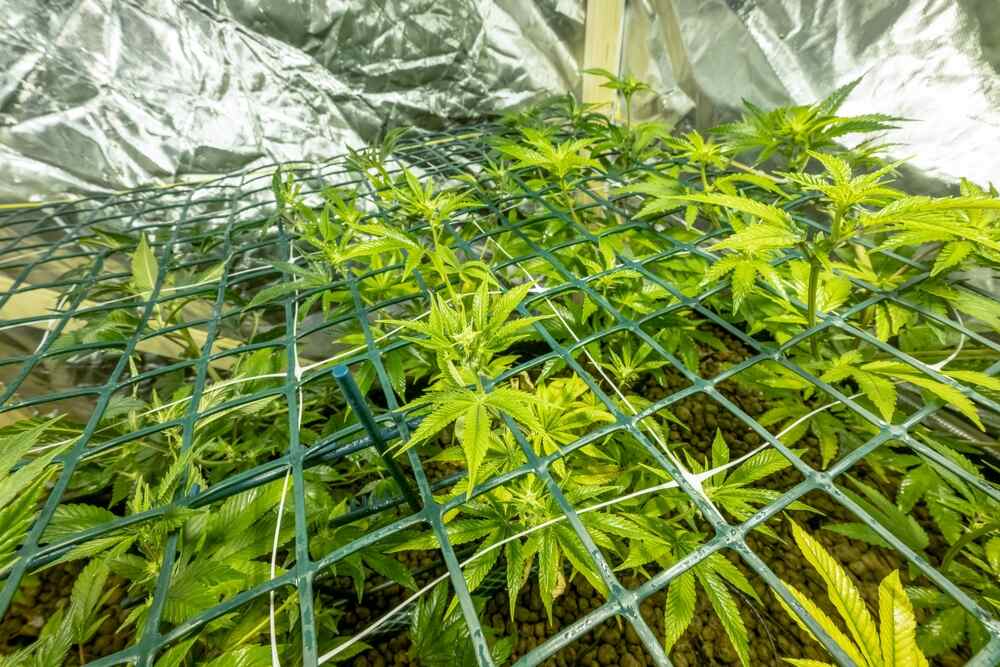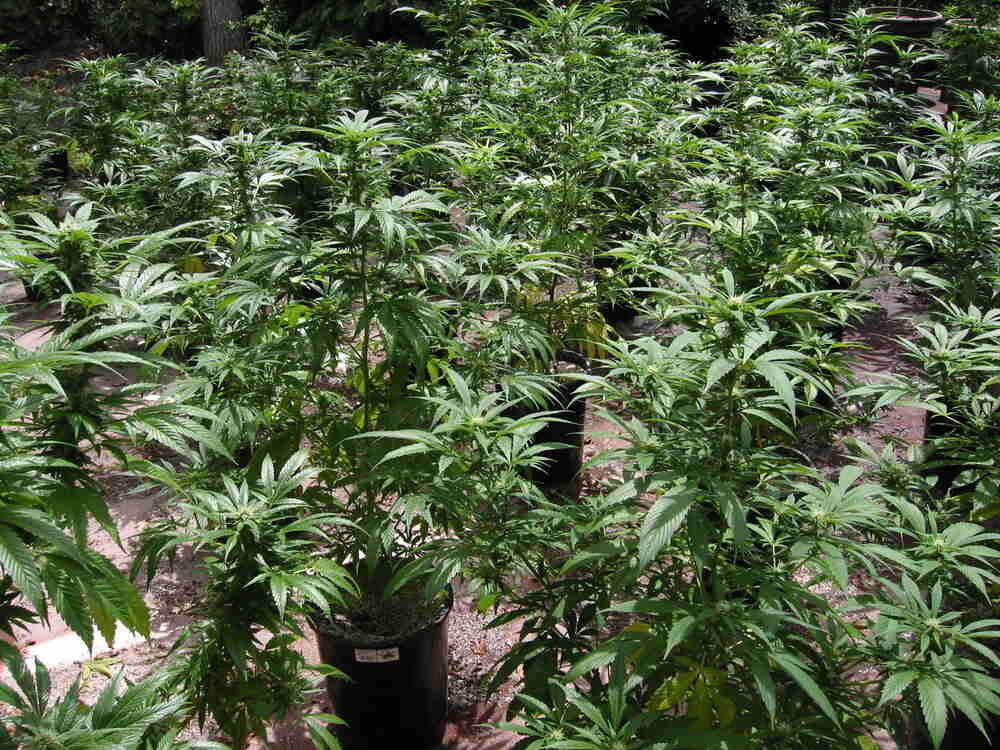The Best Fluffy Pancakes recipe you will fall in love with. Full of tips and tricks to help you make the best pancakes.

How to Low Stress Train Autoflowers?
So you’ve decided to grow some autoflowers and want to get the best yield possible without stressing your plants too much. Awesome choice! Low Stress Training (LST) is one of the best techniques to maximize your harvest while keeping your cannabis plants happy. In this guide, I’ll walk you through everything you need to know about LST for autoflowers, from when to start, to the different methods that’ll get your plants thriving.
What is Low Stress Training (LST) for Autoflowers?
Definition and Purpose of LST
Low Stress Training (LST) is a method used to manipulate the shape of your cannabis plants by gently bending and tying down stems. The idea is to control the plant’s growth horizontally, rather than vertically, so it gets more light exposure, improving yield without causing significant stress. This technique is perfect for autoflowers because, unlike photoperiod plants, they don’t have the luxury of a long veg stage to recover from high stress training techniques like topping or supercropping.
Why LST Works Best for Autoflowers
Autoflowers are on a fixed time clock. They grow fast and flip into flower on their own, which means you don’t have much time to train them before they start blooming. LST is great for autoflowers because it helps you maximize light distribution across the entire plant, encouraging multiple colas to grow, all while being gentle enough that it doesn’t stunt their development. Plus, it helps you manage height, which is handy if you’re working with limited space.
Benefits of LST for Autoflowering Cannabis
LST is all about improving the health and yield of your plants. Here are some of the key benefits:
- Better light exposure: By bending the main stem and branches, you let light hit more parts of the plant, which boosts bud development.
- Increased airflow: When you train your plants outward, it helps reduce the risk of mold and pests, which can thrive in dense, untrained plants.
- Enhanced yields: More light plus more bud sites equals more potential yield. Simple math, right?
When to Start Low Stress Training on Autoflowers?
The Best Time to Start LST
Timing is everything with autoflowers. You want to start low stress training as soon as your plant is big enough to handle it, which is typically when it has about 4-6 inches of growth and a few sets of true leaves. This is usually around 2-3 weeks after germination when the plant is in its early vegetative stage. The stems are still flexible at this point, making it easier to bend without breaking.
Indicators That Your Plant is Ready for LST
Look for a few key signs to know if your autoflower is ready for training:
- The plant has a solid root system and is well-established.
- It has developed at least 3-4 nodes (sets of leaves).
- The stem is still pliable and soft enough to bend without snapping.
Step-by-Step Guide to Low Stress Training Your Autoflowers
Materials Needed for LST
Before you get started, gather your gear. You don’t need much, but these essentials will make your life a whole lot easier:
- Soft plant ties (twist ties or garden wire work great)
- Stakes or weights to anchor down the ties
- Pots with holes for securing the ties (fabric pots are great for this)
- Optional: bamboo stakes for extra support
How to Tie and Bend Autoflowers
The basic principle of LST is to take the tallest point of your plant and bend it down, spreading out the canopy. Here’s how to do it:
- Identify the main stem and gently bend it horizontally, securing it with a tie to the side of your pot.
- Repeat the process with side branches, pulling them outward to create a wider, bushier shape.
- As the plant grows, continue to tie down new growth to maintain an even canopy.
Maintaining and Adjusting the Plant
Your job doesn’t stop after the first tie-down. As your autoflower grows, you’ll need to keep an eye on it and adjust the ties to make sure the branches don’t shoot back upward. Also, check the ties regularly to ensure they aren’t cutting into the plant as it thickens.
Different Methods of LST for Autoflowers
The Tie-Down Method
This is the most common method and the one I use most often. It’s simple, straightforward, and super effective. All you need to do is bend the branches and secure them with ties to the pot or stakes. This encourages the plant to grow outward, allowing more light to hit the lower branches.
Screen of Green (ScrOG) Method

The ScrOG method involves using a screen or netting to guide the growth of your plants horizontally. Place the screen about 20-30 cm above the plants, and as they grow, weave the branches through the holes in the screen. This method requires a bit more setup but is great for creating a uniform canopy.
Sea of Green (SOG) Method

With the Sea of Green method, instead of training individual plants, you grow many smaller plants closely together to create a “sea” of green buds. This technique is ideal for autoflowers because they don’t need a long veg time, and you can harvest faster.
Common Mistakes to Avoid with LST
Overtraining or Starting Too Late
It’s easy to get excited and overdo it, but be gentle! Overtraining or starting too late can stress out your autoflowers and stunt their growth. Remember, autoflowers have a shorter growing period, so if you wait too long to start LST, you may miss the window of opportunity to really benefit from it.
Snapping Branches and Improper Tie-down Techniques
One of the biggest mistakes I see is people snapping branches because they bend them too hard or too fast. Always bend slowly and in small increments. If a branch snaps, don’t panic—just tape it up and it might heal. Also, use soft ties to avoid cutting into the plant as it grows.
Ignoring the Plant’s Recovery Time
Even though low stress training is a gentle method, your plant still needs time to recover from each tie-down. Keep an eye on your plant’s health and avoid training it too much at once. Give it a chance to bounce back before making more adjustments.
Advanced LST Techniques for Experienced Growers
Combining LST with Other Training Techniques
Once you’ve got the hang of LST, you can combine it with other methods like topping (if done early) or defoliation to really maximize your plant’s potential. Just be cautious—autoflowers don’t have much recovery time, so don’t go too crazy.
Topping Autoflowers Alongside LST
While topping is usually reserved for photoperiod plants, it can be done on autoflowers if done early enough. By topping the main cola and using LST, you can create multiple colas for an even bigger yield. Just be sure to give your plant plenty of time to recover before it starts flowering.
Using LST for Different Strains (Indica vs. Sativa)
Different strains respond differently to LST. Sativas tend to grow taller and can benefit more from LST to control their height, while Indicas are usually bushier and might need less training overall. Adjust your technique based on the strain you’re growing.
FAQ:
What are the benefits of low stress training autoflowers?
LST increases light exposure, improves airflow, and boosts yields without stressing the plant. It’s perfect for autoflowers with limited time to recover, helping you get the most out of each grow.
How long should I continue LST on autoflowers?
Stop training when the plant starts flowering or the stems become too rigid to bend. At this stage, focus on maintaining the plant’s shape and ensuring even light distribution.
Can I perform LST on all strains of autoflowers?
Yes, most autoflowers respond well to LST, though some taller, Sativa-dominant strains benefit more from it. Shorter Indica strains can still gain improved yields and airflow.
What should I do if I accidentally snap a branch?
Tape the branch immediately to hold it together. Cannabis plants are resilient and may heal if the break isn’t too severe, allowing the plant to continue growing.
Does low stress training increase the yield for autoflowers?
Yes, when done properly, LST can significantly increase yield by allowing more buds to receive light, creating more colas and boosting overall bud production.
Low Stress Training is a fantastic way to get more from your autoflowers without overwhelming them. By bending and tying down the branches, you’re giving your plants the best chance to thrive under the lights, while also keeping them compact and manageable. Remember, start early, be gentle, and keep a close eye on your plants as they grow. With a bit of patience and practice, you’ll be amazed at the difference LST can make!





IV got 3 autos 2 weeks old! One is much smaller? Do I need nitrogen boost? Or let it catchup later ,IV done that before ,hit it with more nitrogen , organic?
Nu
IV got then n there grow pots for there life cycle. IV got great organic soil. From good growers , ? And its worked on my last year grows I use compost and worm. Cast. Ill top feed periodically as I see my grow I’m growing god father og.